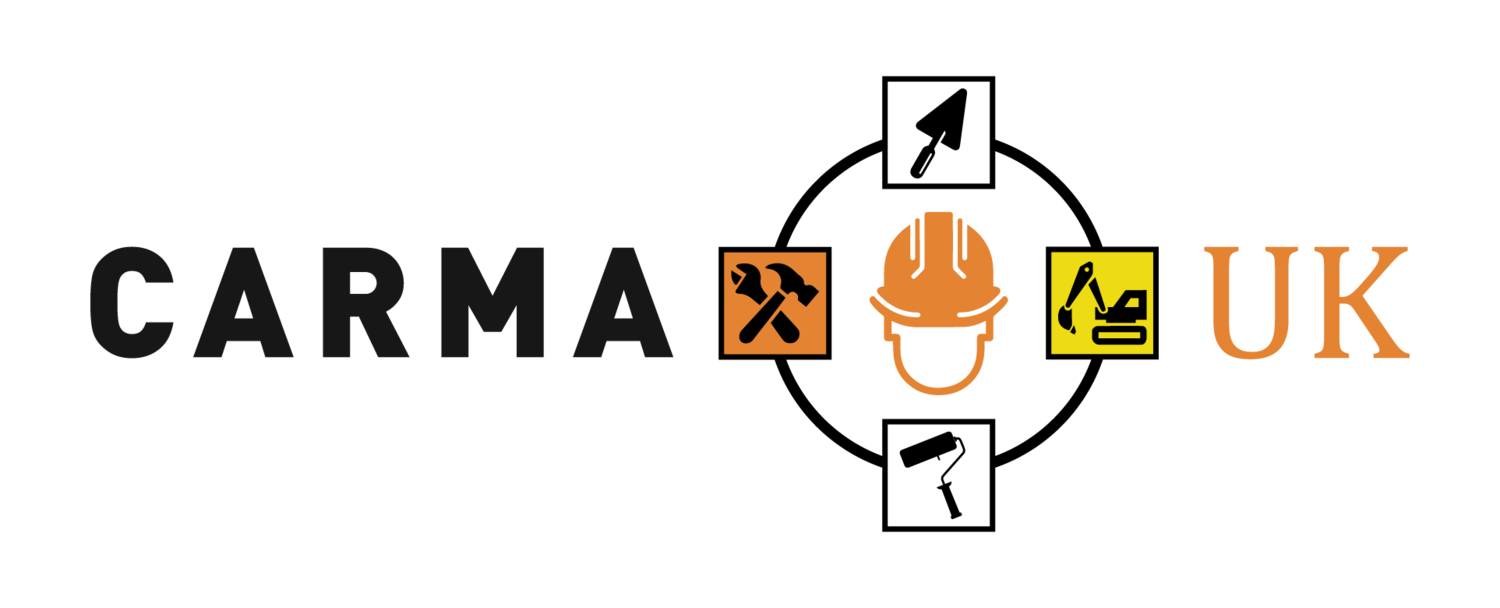Cross-Laminated Timber (CLT)
The Advantages of Cross-Laminated Timber: An Environmentally Friendly Alternative to Concrete
In recent years, the construction industry has witnessed a growing shift towards sustainable building practices. One material that has garnered significant attention is Cross-Laminated Timber (CLT). This innovative building material is celebrated for its environmental benefits, efficiency, and aesthetic appeal.
We have published this article because we care deeply about the environment and wish to lessen the impact we, Carma, have by using sustainable materials where ever possible. Let’s dive into why CLT is considered a superior alternative to concrete, especially from an environmental perspective.
Understanding Cross-Laminated Timber
Cross-Laminated Timber is an engineered wood product that consists of layers of solid-sawn lumber boards arranged perpendicularly and glued together. The result is a strong, versatile panel that can be used for various structural applications, including walls, floors, and roofs.
Environmental Benefits of CLT
1. Carbon Sequestration
One of the most significant environmental benefits of CLT is its ability to sequester carbon. Trees absorb carbon dioxide as they grow, and when timber is used in construction, this carbon is stored in the wood rather than being released into the atmosphere. This carbon sequestration helps offset emissions, making CLT a carbon-negative material over its lifecycle. In contrast, the production of concrete is a major source of CO2 emissions, contributing to global warming.
2. Reduced Energy Consumption
The production of CLT requires less energy compared to concrete. Concrete production involves the high-temperature processing of cement, which is energy-intensive and emits substantial amounts of CO2. CLT, on the other hand, is produced using relatively low-energy processes. Moreover, CLT panels have excellent thermal insulation properties, which can reduce the energy needed for heating and cooling buildings, further lowering their carbon footprint.
3. Sustainability of Raw Materials
CLT is typically made from sustainably sourced timber, often from managed forests. These forests are carefully regulated to ensure that tree harvesting does not lead to deforestation and that biodiversity is maintained. By using sustainably sourced wood, CLT supports responsible forestry practices and helps in conserving natural habitats. In contrast, concrete relies on non-renewable resources such as limestone and requires significant mining and quarrying, which can lead to environmental degradation.
4. Lower Waste Production
The construction process using CLT generates less waste compared to traditional concrete construction. CLT panels are prefabricated in controlled environments, which allows for precise cutting and minimal waste. Any offcuts or scraps can often be reused or repurposed, whereas concrete construction typically results in higher levels of waste, including excess materials and formwork.
5. Lightweight and Efficient
CLT panels are significantly lighter than concrete, which can lead to reduced transportation and construction costs. The lighter weight of CLT also reduces the need for heavy foundations, which further decreases the environmental impact associated with construction. Additionally, the efficiency of prefabrication with CLT can speed up construction times, reducing the overall resource consumption associated with building projects.
Additional Benefits Beyond Environmental Impact
1. Aesthetic and Design Flexibility
CLT offers aesthetic advantages that concrete cannot match. The natural warmth and beauty of wood create inviting and visually appealing spaces. Moreover, CLT can be engineered to meet various design requirements, providing flexibility in architectural design that allows for creative and innovative structures.
2. Improved Indoor Air Quality
Wood has natural properties that help regulate indoor humidity and can contribute to better indoor air quality. Unlike concrete, which can off-gas harmful chemicals, CLT is a natural material that doesn’t release VOCs (volatile organic compounds), making it a healthier choice for indoor environments.
3. Durability and Performance
CLT has been shown to be highly durable and fire-resistant. When exposed to fire, the outer layers of CLT charr, creating a protective layer that slows down the burn rate and maintains structural integrity. This property enhances the safety of buildings constructed with CLT.
Conclusion
That’s a lot of information, if you’re still with us let me tell you about our current project, ‘Fir Tree House’. We were able to use CLT for the majority of this build. I (Phil Taylor, Founder) am a strong advocate for it, it’s clear that it is a superior choice to other, less ECO friendly materials. We aren’t saving the world, but we are doing our part to be a more sustainable practice and lessen harmful emissions on our sites. And hopefully as the construction industry continues to evolve, sharing this sort of knowledge will aid in paving the way for greener and more efficient building practices.
What do you think?
